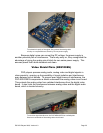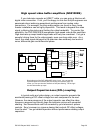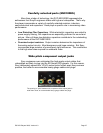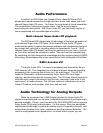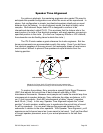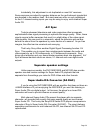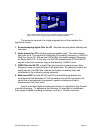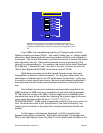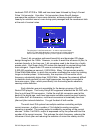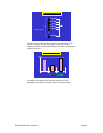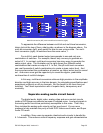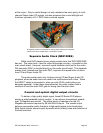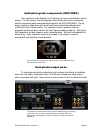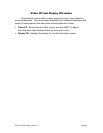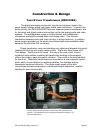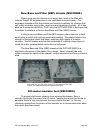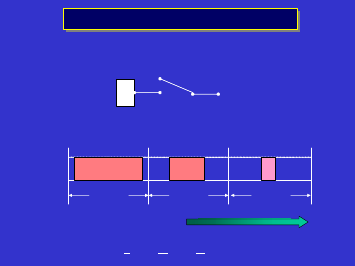
ES DVD Players 2005, Version 4.0 Page 33
landmark CDP-X77ES in 1990 and has since been followed by Sony's Current
Pulse 1-bit converter. Like other 1-bit converters, these Sony® designs
overcame the problem of zero-cross distortion, achieving superb low-level
linearity for excellent sound, even during quiet passages and the reverberant tails
at the end of musical notes.
1 bit D/A conversion (Current pulse)
1 bit D/A conversion (Current pulse)
1
1 /64fs
0
1
1 /64fs1 /64fs
value
On/off
time
on
off
on offon off
variable
PWM (PULSE WIDTH MUDULATION)
The principle of 1-bit D/A conversion. In order to reproduce Super
Audio CD, Pulse Width Modulation must operate at a higher frequency
than the SA-CD sampling frequency of 64 fs (equal to 2.8224 MHz).
These 1-bit converters performed beautifully and dominated CD player
design throughout the 1990s. However, in order to avoid the influence of jitter, to
maintain linearity in the time axis, 1-bit converters need to be driven by a highly
precise clock. And Super Audio CD makes this demand for precise timing even
more stringent. Super Audio CD uses an extremely high sampling rate of
2,822,400 samples per second—2.8224 MHz. Many 1-bit converters employ
Pulse Width Modulation, in which the converter modulates the output by creating
longer or shorter pulses. Unfortunately, this requires a D/A converter clock
frequency substantially higher than 2.8224 MHz. Because it's extremely difficult
to maintain clock precision at such high frequencies, the signal is exposed to
time-axis errors—jitter—which pass directly into the analog audio waveform,
causing subtle distortion.
Such distortion was not acceptable for the design program of the ES
Series DVD players. That's why Sony® ES engineers endowed the SA DAC with
Sony's multi-level D/A conversion. Unlike the multi-bit conversion used at the
dawn of the digital age, multi-level conversion exhibits superb low-level linearity.
And unlike the 1-bit conversion, multi-level conversion is remarkably free from
jitter and jitter-induced distortion. You get the best of both worlds.
The multi-level D/A system has multiple switches controlling multiple
current sources—in effect a number of 1-bit digital-to-analog converters
operating in parallel. The analog output is created by summing all the current
sources. Unlike 1-bit DACs, output is expressed not by the pulse width but the
number of the current sources. This reduces the clock frequency, reducing the
influence of clock jitter and reducing the radiation of noise into nearby circuits.



